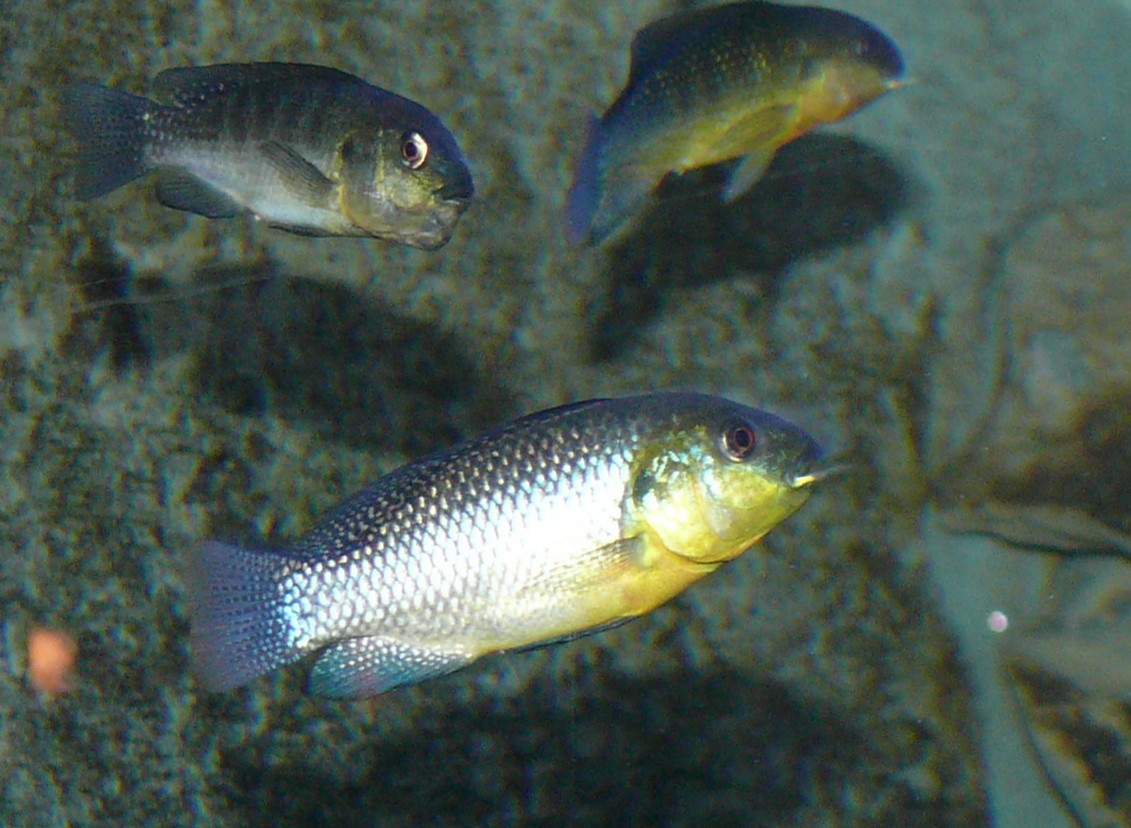Lake Magadi tilapia
(Alcolapia grahami)

Description
Alcolapia grahami,the Lake Magadi tilapia,is a vulnerable species of fish in the Cichlidae family. It is endemic to the hypersaline,warm and highly alkaline Lake Magadi in Kenya,but has also been introduced to Lake Nakuru in Kenya and Lake Natron in Tanzania. The fish is obligately ureotelic (urea excreting),unlike most teleosts which produce ammonia.The reason for this appears to be due to the difficulty of diffusing ammonia into a highly alkaline environment,not pH regulation as previously thought.Efficient nitrogen excretion is particularly crucial as the fish feeds on cyanobacteria which have a very high nitrogen content.Urea is also used in a small way,but significantly,in osmoregulation.Due to the salinity of the lake,A.grahami has an unusually high osmolarity of around 580 mosm,about half that of seawater.For comparison,most marine teleosts have an osmolarity of only around a third of seawater.Sodium chloride is the main contributor to this osmolarity,though around three times as much sodium than chloride ions are present. A.grahami has been shown to be able to tolerate temperatures of 42 °C and has been observed in 38 °C water naturally.At high temperatures,the solubility of oxygen in water decreases.Owing to a very high rate of urea production,and the elevated metabolic rate this causes,this is a particularly significant problem for the fish.During such times,they have been observed to gulp air to increase their oxygen intake.
Taxonomic tree:







